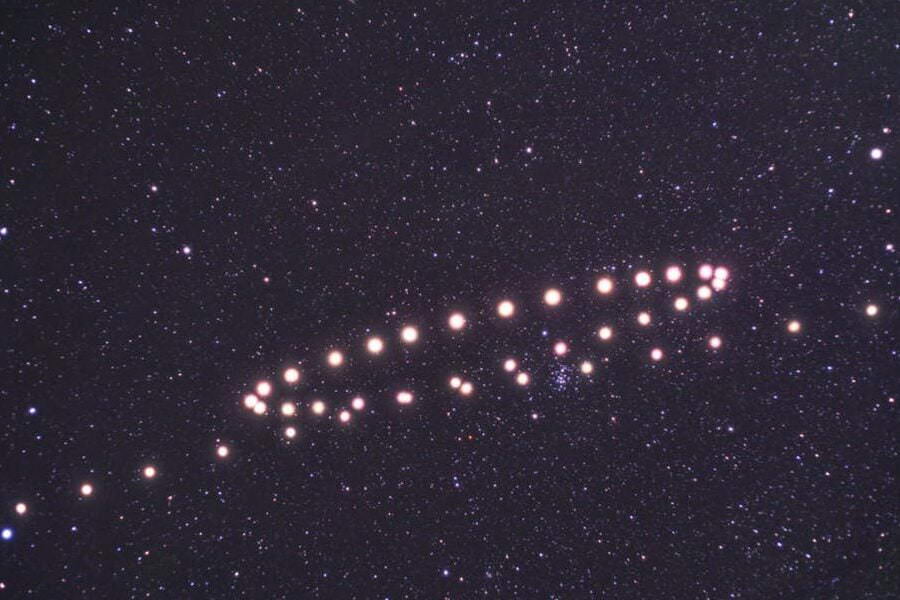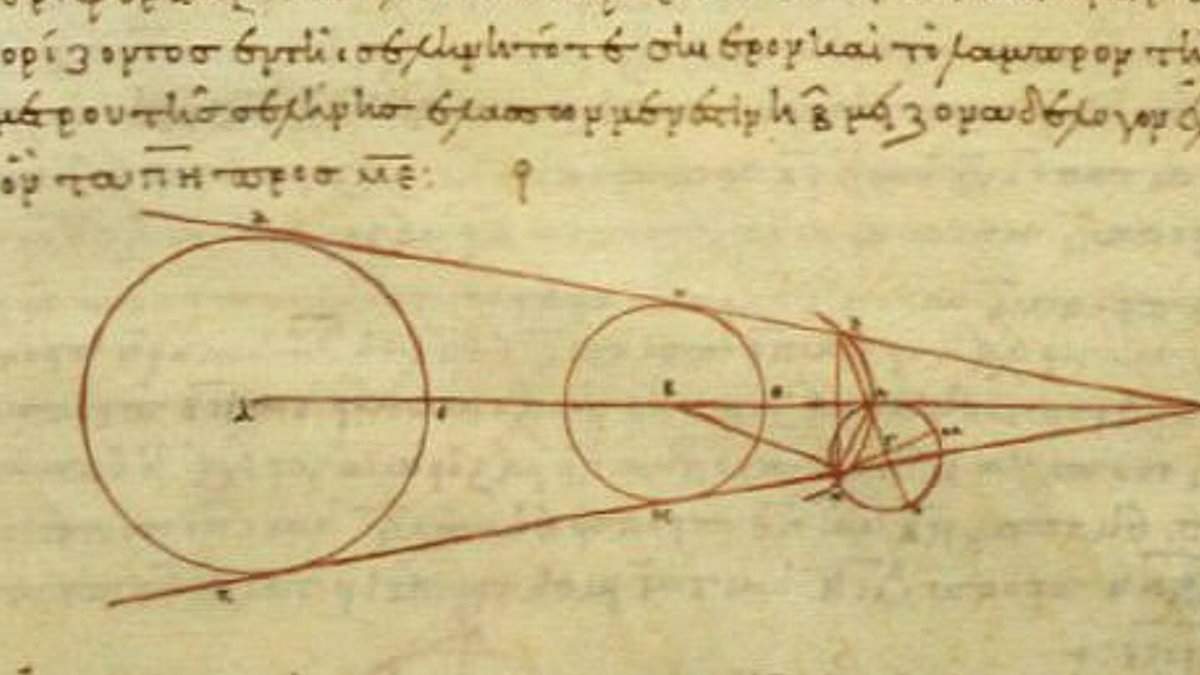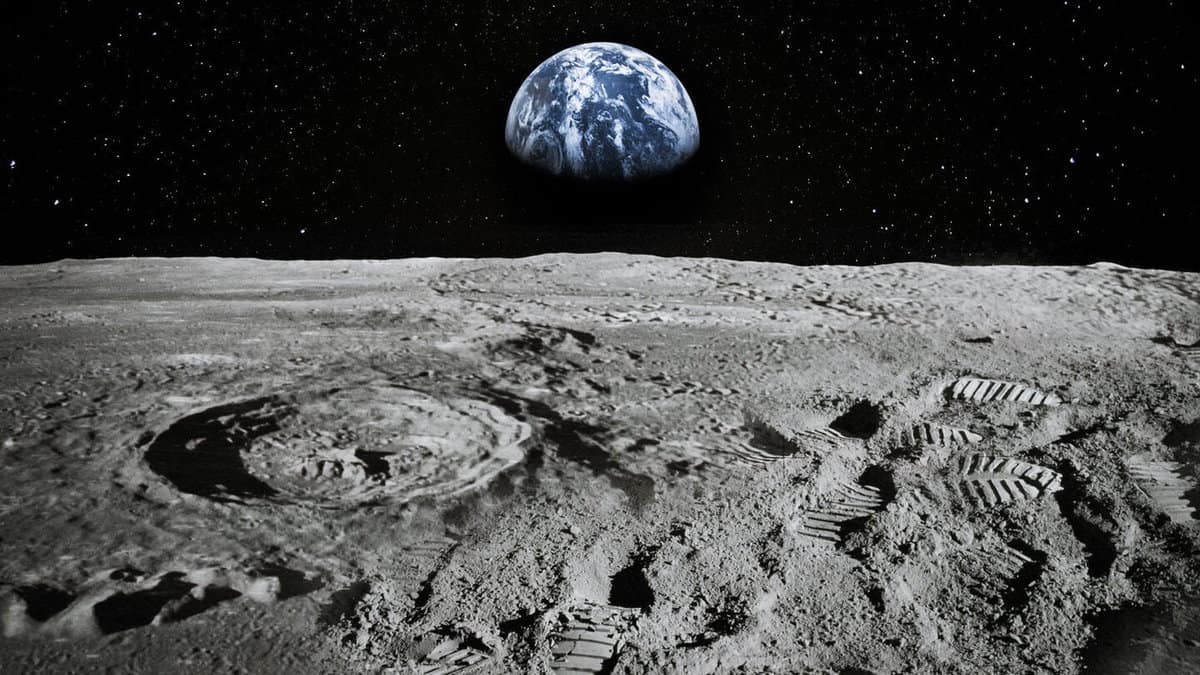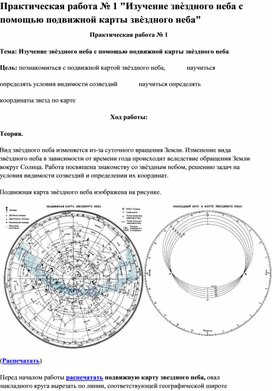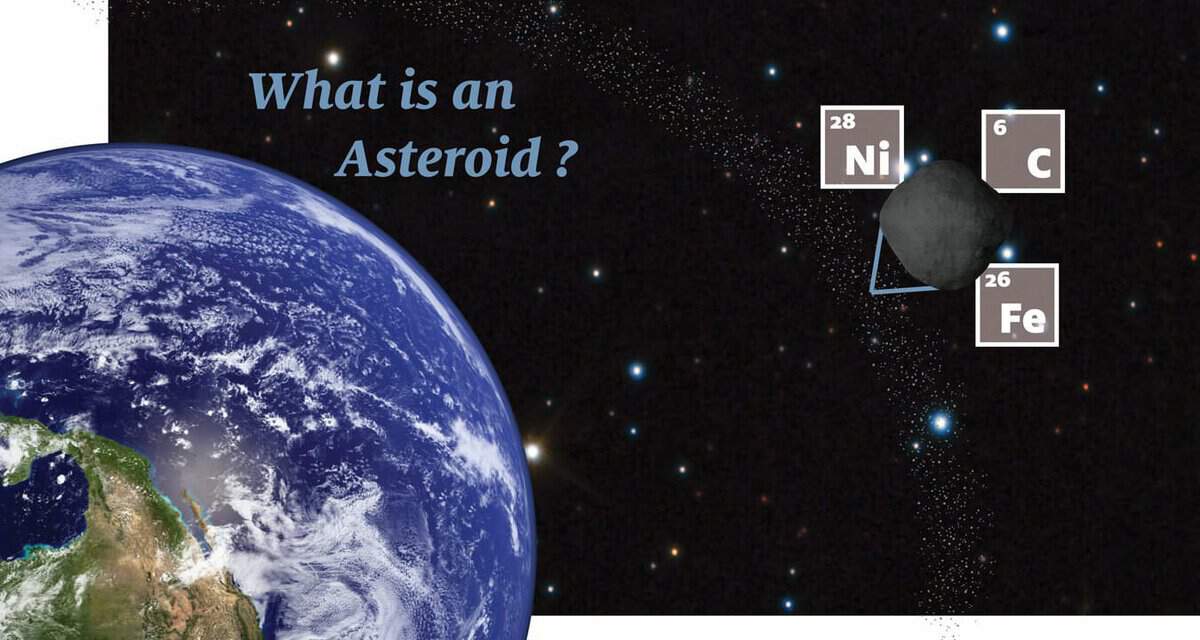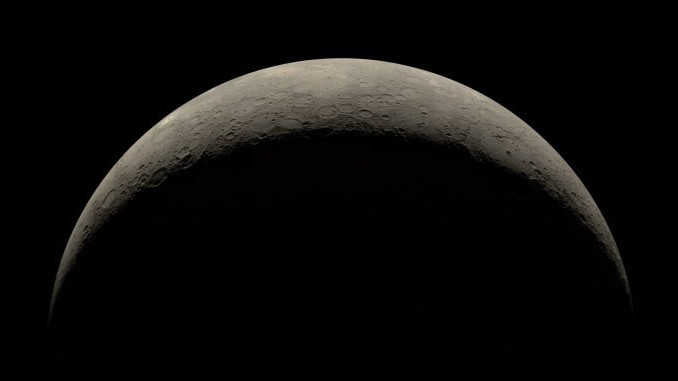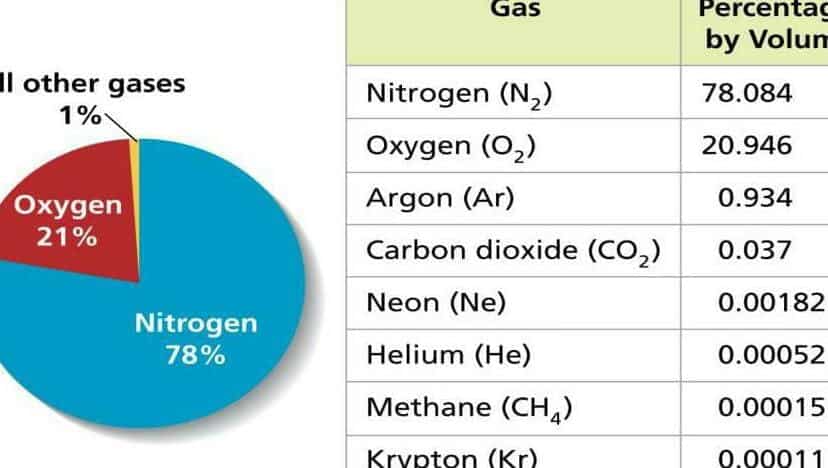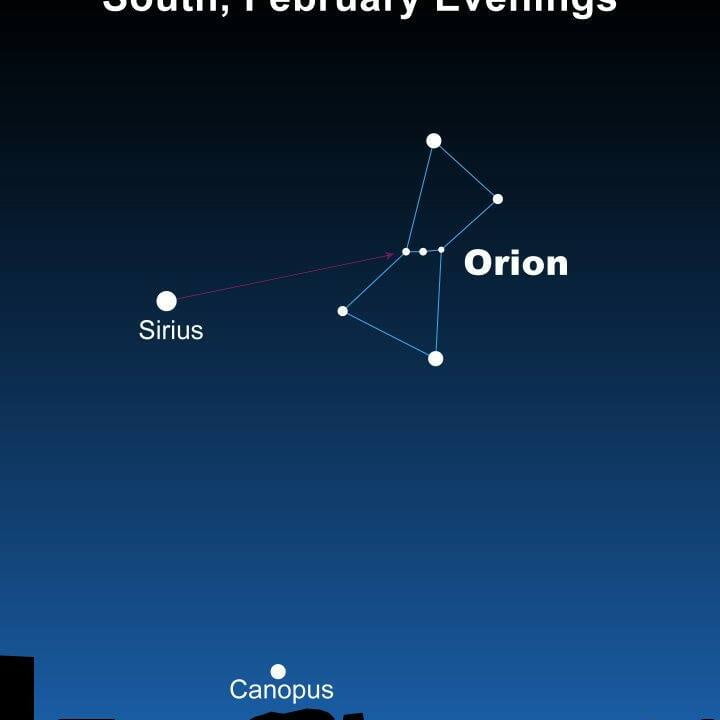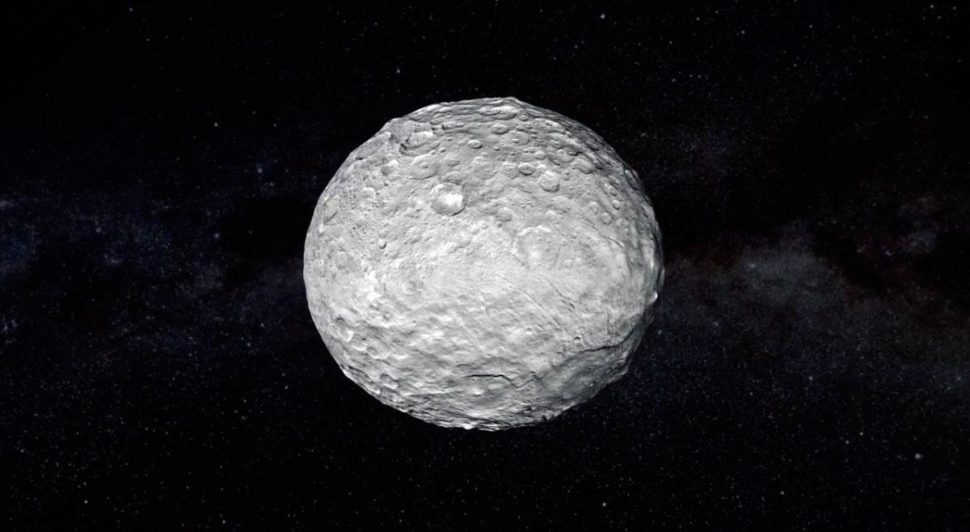
Which dwarf planet is the biggest in the solar system?
In the field of astronomy, a novel notion emerged in the year 2006 – the concept of a dwarf planet. What is the significance behind this expression and what was the motivation for scientists to introduce it? The distinction between regular and diminutive planets To start, let’s gain an understanding of what constitutes a planet….



